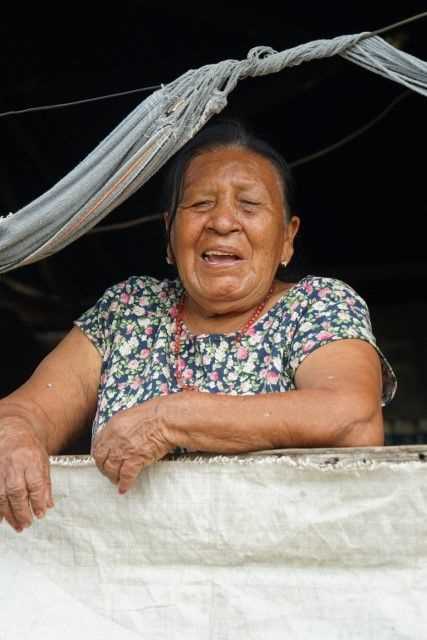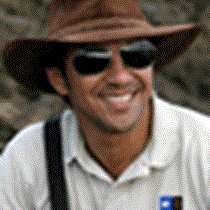Our trips to the Amazon are never the same. The Pacaya and Samiria Reserve compresses a vast land with huge biodiversity and lots of river villages along the river banks. In order to better comprehend this ecosystem, one needs to immerse in both the biological aspect of the flora and fauna and the understanding on how the river communities manage to coexist with their ever-green surroundings.
Having had the chance to fully dedicate our attention to the biological aspect during the last couple of days, today we dedicated our entire morning to visiting one of the communities near the Amazon River.
Depending on their location, the names of the villages vary, some are named for river sections, foundation dates and even mayor cities across the world, such as New York, Texas, San Francisco and even Bretaña (Britain). The population numbers also vary depending on their proximity to a larger town or city, and their facilities such as electricity, schools and general supplies is in direct proportion to the number of inhabitants registered to vote during election’s time. What they all have in common is their ability to cope with the two drastic seasons that the Amazon River and its tributaries have every year. The current high water season that we are experiencing (November to April), brings an abundance of fish for everyone, but it also submerges the entire region in water, covering any walkable land hundreds of miles around us. On the contrary, the low water season of May to October exposes farmable land, and the crops are set for production the minute the land is exposed only a few inches above the water. In total, the water level fluctuates an average of 30 to 35 feet, which indicates the amount of water running down from the Andes mountains, which is the main reason of the water level fluctuations.
As for our visit today we landed in a small village conveniently named after the main river system of the area, Amazonas! The Amazonas community has a population of approximately 400 inhabitants mostly dedicated to fishing and farming. A single cemented sidewalk borders the main square plaza, and the houses have been placed following the same square alignment. Houses are simple layouts constructed (as expected) mainly of wood. At this time of the year the children are off of school, as the high water has invaded the classrooms and school’s main playgrounds.
As we landed, a horde of children greeted us at the simple docking facilities used also for the locals to leave their canoes and motor boats. Many of the children simply walked alongside our guests, observing them with just as much curiosity as we observed them. I must add that, with so many villages in the region, we don’t often go to the same locations, which gives the advantage of authenticity during our experience. Of course, we did let them know that we were coming to visit (its only polite!), so they were ready to show us some of their most important ways of life in a very entertaining way. Even our guests were invited to participate during the demonstration on how to extract the juices out of the sugar cane as well as how the rice grain is peeled with a giant mortar!
For decades since their foundation, communities like Amazonas and others nearby have been ruled by men. Times are changing and you can observe how the women in this society are gaining a rightful voice and a vote to decide the destiny of the village. This sudden change has not come out of the blue, but it has been part of the dedicated hard work from a group of women that long ago formed an NGO known as Minga Peru. Based in the capital of Peru, Lima, this group of women have organized several workshops to empower women in isolated communities. The work has been monumental, and the results are very visible. Women are now showing pride and self-esteem when talking about what they do. In addition, a new source of income has come from this empowerment -- the creation of souvenirs sold to tourists has helped to balance the economic power of every household.
Positive changes are slow, but they are happening. In the meantime, these villages continue their lives surrounded by an environment that we can only dream to have back home, and that we are lucky to enjoy during this week!







